
The Pazzi conspiracy was a failed plot by members of the Pazzi family and others to displace the Medici family as rulers of Renaissance Florence.

Enrico Alvino (1809–1872) was an Italian architect and urban designer, particularly active in Naples in the mid-19th century. He was born in Milan, and died in Rome.

Tito Sarrocchi was an Italian sculptor.
Francesco Azzurri was an Italian architect. He was the nephew of the architect Giovanni Azzurri, a professor of architecture at the Academy of St. Luke in Rome.
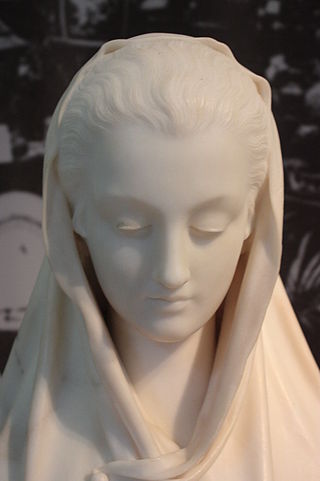
Giosuè Argenti was an Italian sculptor.

Giovan Battista Filippo Basile was an Italian architect.
Pietro Baldancoli was an Italian painter.
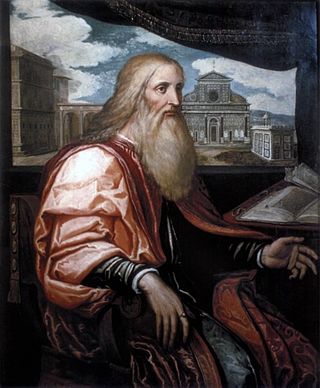
Giovanni di Paolo Rucellai (1403–1481) was a member of a wealthy family of wool merchants in Renaissance Florence, in Tuscany, Italy. He held political posts under Cosimo and Lorenzo de' Medici, but is principally remembered for building Palazzo Rucellai and the Rucellai Sepulchre, for his patronage of the marble façade of the church of Santa Maria Novella, and as author of an important Zibaldone. He was the father of Bernardo Rucellai (1448–1514) and grandfather of Giovanni di Bernardo Rucellai (1475–1525).

Enrico Butti was an Italian sculptor, active mainly in Milan. He created principally funerary and commemorative monuments. He was professor of sculpture at the Accademia di Brera from 1893 to 1913.
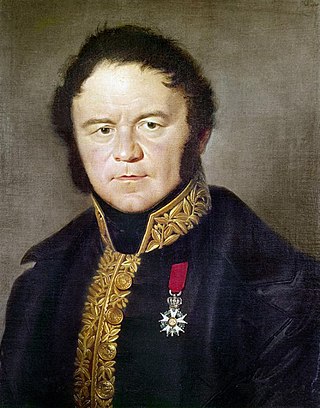
Silvestro Valeri was an Italian painter and educator. He taught at Accademia di Belle Arti di Perugia.
Egisto Bracci was an Italian architect, active mainly in Florence, who became resident professor of architecture at the Academy of Fine Arts of Florence in 1879.
Lorenzo Porciatti was an Italian architect and architectural restorer, active mainly in his native Tuscany.
Emanuele Trionfi was an Italian painter and ceramist.
Raffaelle Spanò (1817–1863) was an Italian painter.

Napoleone Verga was an Italian painter, mainly of illuminated manuscripts, but also of paintings.
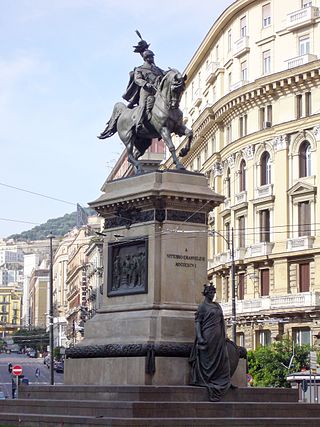
Tommaso Solari was an Italian sculptor active in a Romantic-style.
Orsola Faccioli or Licata Faccioli was an Italian painter, mainly of vedute and interior scenes.

Gentile de' Becchi was an Italian bishop, diplomat, orator and writer. He was a member of the Platonic Academy of the Medici of Florence and tutor of Lorenzo the Magnificent and his son Giovanni de' Medici, later Pope Leo X. Of his writings there exist many letters, poems in Latin, and prayers which are praised by historian Cecil Grayson as his finest works.
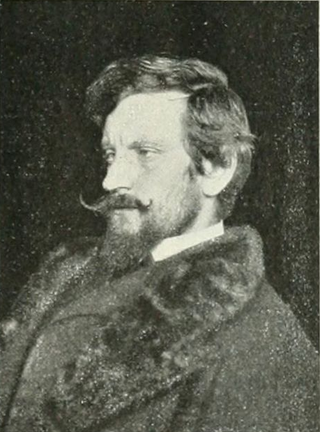
Mario or Marius de Maria was an Italian painter, known for depicting nocturnal landscapes, and gaining the label by the contemporary poet Gabriele D’Annunzio, as the painter of moons.

Antonio Cipolla was an Italian architect, active in an academic neo-Renaissance style.











